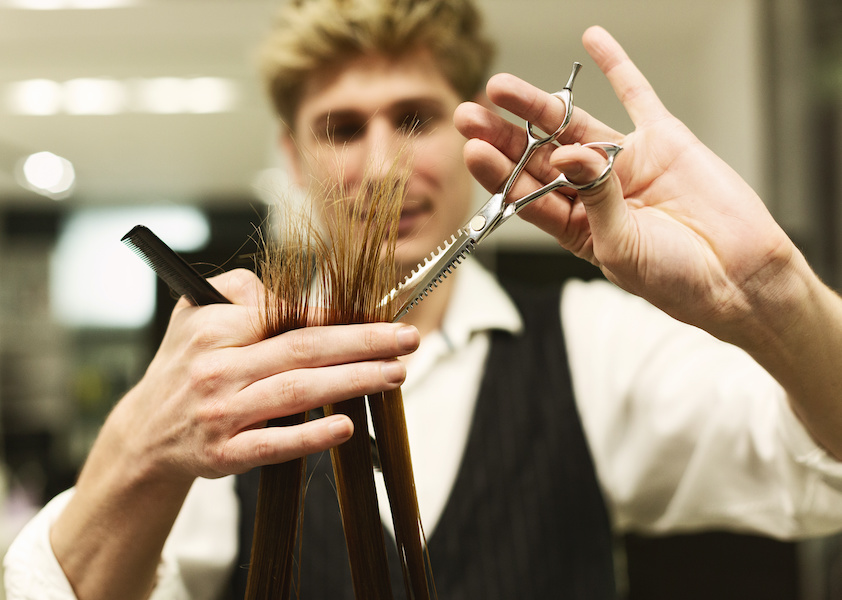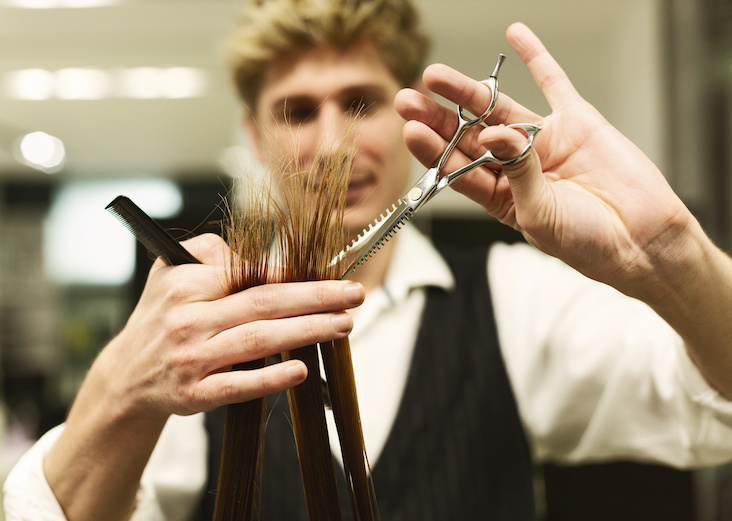
Between washing, drying and styling, the average woman spends 240 hours a year—a whole 10 days—working on her hair. And despite all this time spent primping, many of us still face the annoying reality of split ends.
Split ends are inevitable with all the fussing with our hair and a big sign that it’s time to trim. There are many types of split ends, but today we’re going to cover the four most common ones: double splits, partial splits, tree splits and fork splits.

The Double Split
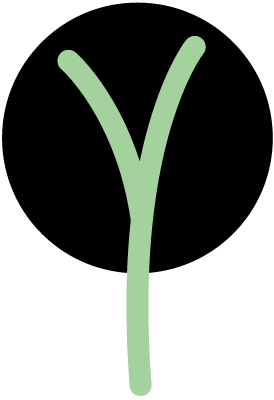
The double split is the most common and arguably most recognizable of all the splits. These come about when the hair’s cuticle is worn or damaged, exposing the cortical cells underneath. Since the cortical cells are substantially weaker than the cuticle, the hair tends to split under strain.
Often, this strain comes from friction, so if you’re seeing double splits, you could be styling and brushing your hair too vigorously, causing rapid damage to the cuticle of your hair. Since your hair can experience friction in a variety of settings, it’s also possible to cause damage to the hair from tossing and turning in your sleep. Sleeping with your hair tied up or tangled can cause hair breakage. Sleeping on a silk pillowcase and detangling your hair before bed will minimize damage. Applying a hair serum may also reduce damage to the hair.
The Partial Split
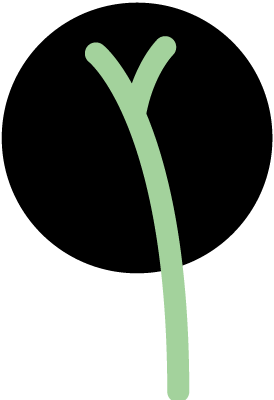
Unlike the double split, which usually comes from sustained wear and tear, partial splits are a sign that your hair is dry and damaged and in need of some serious TLC. The good news is that partial splits mean you still have time to repair your hair before it becomes a bigger issue. To mend partial splits, limit exposure to heat, and if you decide to style with heat, make sure to use a leave-in conditioner and heat protectant. Many salons are also now offering split-end mending treatments, which apply a product that binds the hair back together and can last up to two months.
To prevent partial splits, limit the amount of heat styling you do to your hair and make sure to apply a hair mask at least once a week in order to provide nourishment and hydration to your locks.
The Tree Split

The tree split is a sign that your hair is damaged, and the only recourse is a trip to the salon for a trim. Tree splits are indicative of some of the most extensive hair damage, and the number of splits directly relates to how much damage the cortical cells have sustained. When you see a strand of hair frayed into three branch-like splits, it signifies that your hair needs a trim and deep condition. Extremely dry and damaged hair can split into six or seven parts, with splits stemming from the breaks!
Tree splits are rarely just an isolated occurrence. If you find a tree split, chances are that you’re also going to be seeing many double and partial splits. If that’s the case, it’s time to book your next trim. Consider cutting at least a few inches every six to eight weeks to keep your hair in tip-top shape and prevent the dreaded tree split.
The Fork
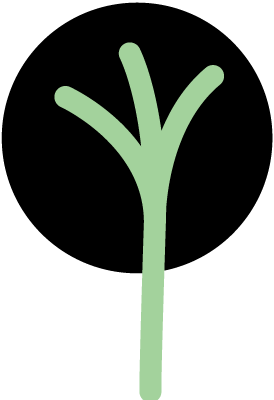
A more advanced version of the double split but not as damaged as the tree split, the fork split resembles a three-pronged fork. These splits are a sign that your hair is extremely dehydrated and is splitting even further because of a lack of hydration.
The more directions and splits a single strand of hair has, the more unruly and frizzy it will look. Though these can’t be fixed without cutting, it’s possible to de-frizz frizzy hair caused by split ends with hair masks, deep conditioners and leave-in conditioners.
Solutions
At the end of the day, the best way of resolving split ends is to keep up with routine trims. If you’re trying to grow out your hair, you can still get trims every six weeks. Ask your stylist to trim off the minimum. Keeping your hair free of split ends will prevent breakage, so while your hair isn’t growing any faster, it is growing healthier and less prone to breaking off at the ends.
If you’re passionate about hair care and think you have what it takes to be a top-notch stylist, request more information about Ogle School’s cosmetology program today!



